
The August 1965 Watts Riots (or Watts Rebellion, depending on one’s perspective and politics), were among the bloodiest, costliest and — in the five decades since they erupted — most analyzed uprisings of the notoriously unsettled mid-1960s. Ostensibly sparked by an aggressive traffic stop of a black motorist by white cops — but, in fact, the combustive result of decades of institutional racism and municipal neglect — the six-day upheaval resulted in 34 deaths, more than 3,400 arrests and tens of millions of dollars in property damage (back when a million bucks still meant something).
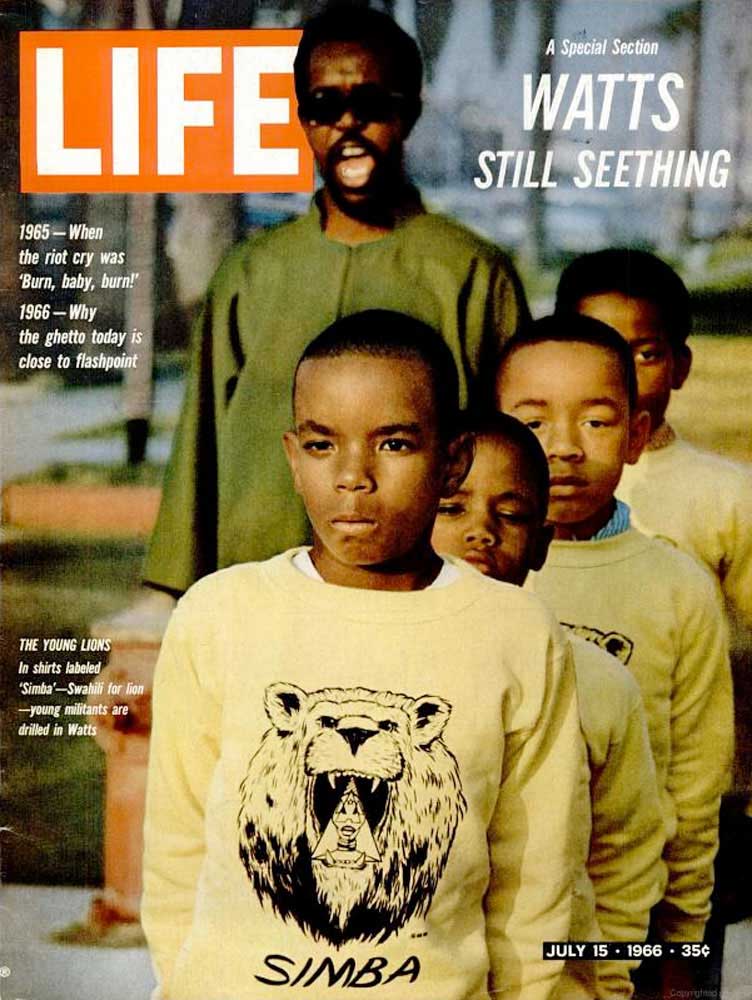
A year after the flames were put out and the smoke cleared from the southern California sky, LIFE revisited the scene of the devastation for a “special section” in its July 15, 1966, issue that the magazine called “Watts: Still Seething.” A good part of that special section featured a series of color photos made by Bill Ray on the streets of Watts: pictures of stylish, even dapper, young men making and hurling Molotov cocktails; of children at play in torched streets and rubble-strewn lots; of wary police and warier residents; of a community struggling to save itself from drugs, gangs, guns, idleness and an enduring, corrosive despair.
In that July 1966 issue, LIFE introduced Ray’s photographs, and Watts itself, in a tone that left no doubt that, whatever else might have happened in the months since the streets were on fire, the future of the district was hardly certain, and the rage that fueled the conflagration had hardly abated:
Before last August the rest of Los Angeles had never heard of Watts. Today, a rock thrown through a Los Angeles store window brings the fearful question: “Is this the start of the next one?” It brings the three armed camps in Los Angeles — the police, white civilians, the Negroes — face to face for a tense flickering moment. . . .
Whites still rush to gun stores each time a new incident hits the papers. A Beverly Hills sporting goods shop has been sold out of 9mm automatics for months, and the waiting list for pistols runs several pages.
Last week a Negro showed a reporter a .45 caliber submachine gun. “There were 99 more in this shipment,” he said, “and they’re spread around to 99 guys with cars.”
“We know it don’t do no good to burn Watts again,” a young Negro says. “Maybe next time we go up to Beverly Hills.”
Watts seethes with resentments. There is anger toward the paternalism of many job programs and the neglect of Watts needs. There is no public hospital within eight miles and last month Los Angeles voters rejected a proposed $12.3 million bond issue to construct one. When a 6-month-old baby died not long ago because of inadequate medical facilities, the mother’s grief was echoed by a crowd’s outrage. “If it was your baby,” said a Negro confronting a white, “you’d have an ambulance in five minutes.”
Unemployment and public assistance figures invite disbelief in prosperous California. In Watts 24% of the residents were on some form of relief a year ago — and that percentage still stands. In Los Angeles the figure is 5%.
[It] takes longer to build a society than to burn one, and fear will be a companion along the way to improvements. “I had started to say it is a beautiful day,” Police Inspector John Powers said, looking out a window, “but beautiful days bring people out and that makes me wish we had rain and winter year-round.”
For his part, Bill Ray recalls the Watts assignment clearly, and fondly:
In the mid-nineteen-sixties [Ray recently told LIFE.com], I shot two major assignments for LIFE in southern California, one after the other, that involved working with young men who were volatile and dangerous. One group was the Hells Angels of San Bernardino — the early, hard-core San Berdoo chapter of the gang — and the other were the young men who had taken part in the Watts riots the year before.
I did not try to dress like them, act like them or pretend to be tough. I showed great interest in them, and treated them with respect. The main thing was to convince them that I had no connection with the police. The thing that surprised me the most was that, in both cases, as I spent more time with them and got to know them better, I got to like and respect many of them quite a lot. There was a humanity there that we all have inside us. Meeting and photographing different kinds of people has always been the most exciting part of my job. I still love it.
Two big differences in the assignments, though, was that I shot the Hells Angels in black and white — which was perfect for their gritty world — and “Watts: A Year Later” was in color. Also perfect, because Watts had a lot of color, on the walls, the graffiti, the way people dressed — and, of course, my group of bombers who liked to practice making and throwing Molotov cocktails [see slides 17, 18 and 19 in gallery].
Those two assignments documented two utterly marginalized worlds that few people ever get to see up close. There was no job on earth as good as being a LIFE photographer.
Ben Cosgrove is the Editor of LIFE.com
Bill Ray (at right, on assignment in Sikkim in the Himalayas in 1965) was a staff photographer for LIFE from the mid-1960s until the magazine’s demise in the early 1970s.
Based in New York, Beverly Hills and Paris, he traveled the world covering major events, wars and great personalities, from Elvis Presley and Audrey Hepburn to JFK, Marilyn Monroe, the Beatles, Ray Charles, Frank Lloyd Wright, Brigitte Bardot and many more. See the LIFE.com gallery, “LIFE Rides With Hells Angels.”
[See more of Bill Ray’s work at BillRay.com]

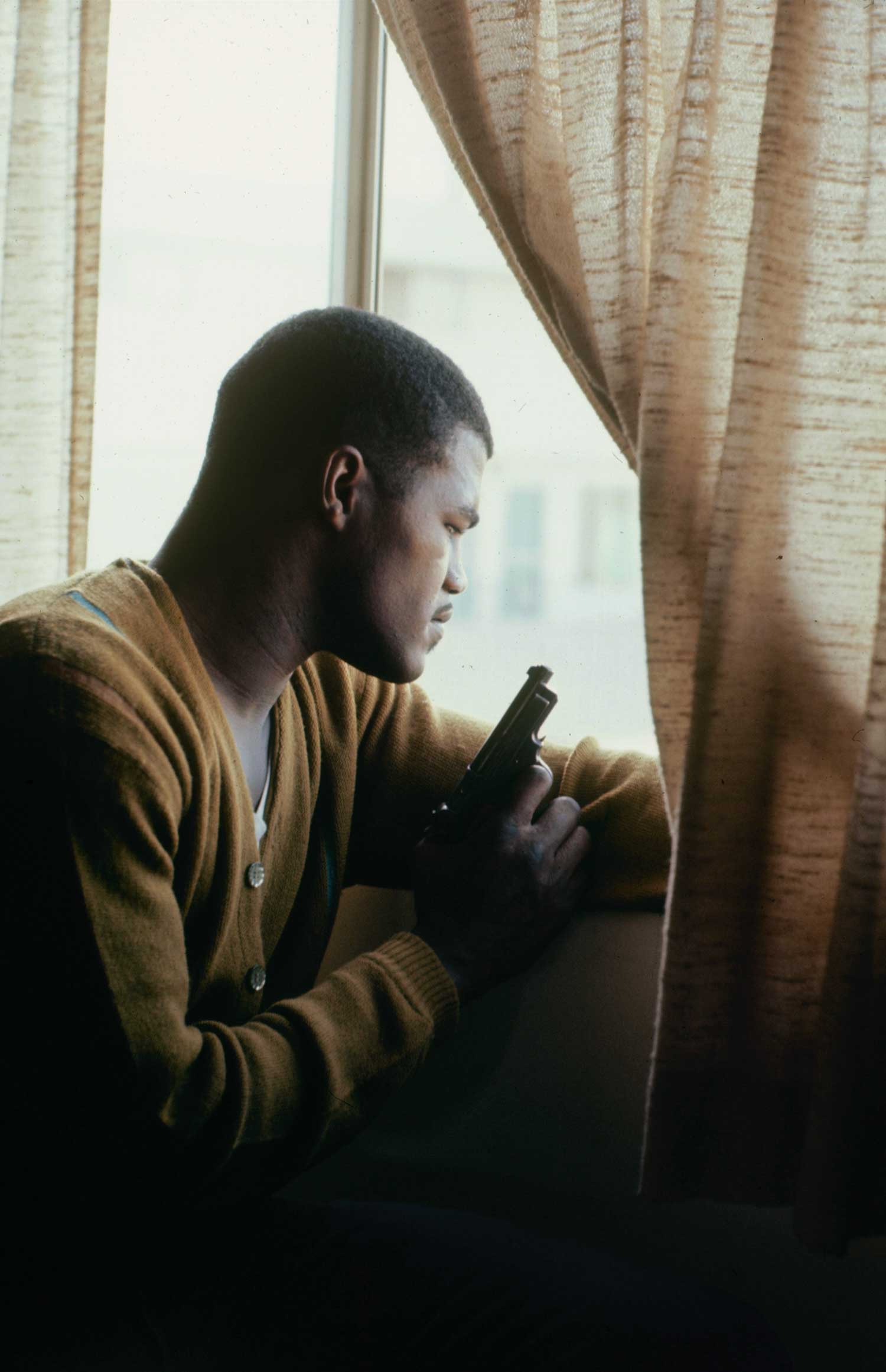

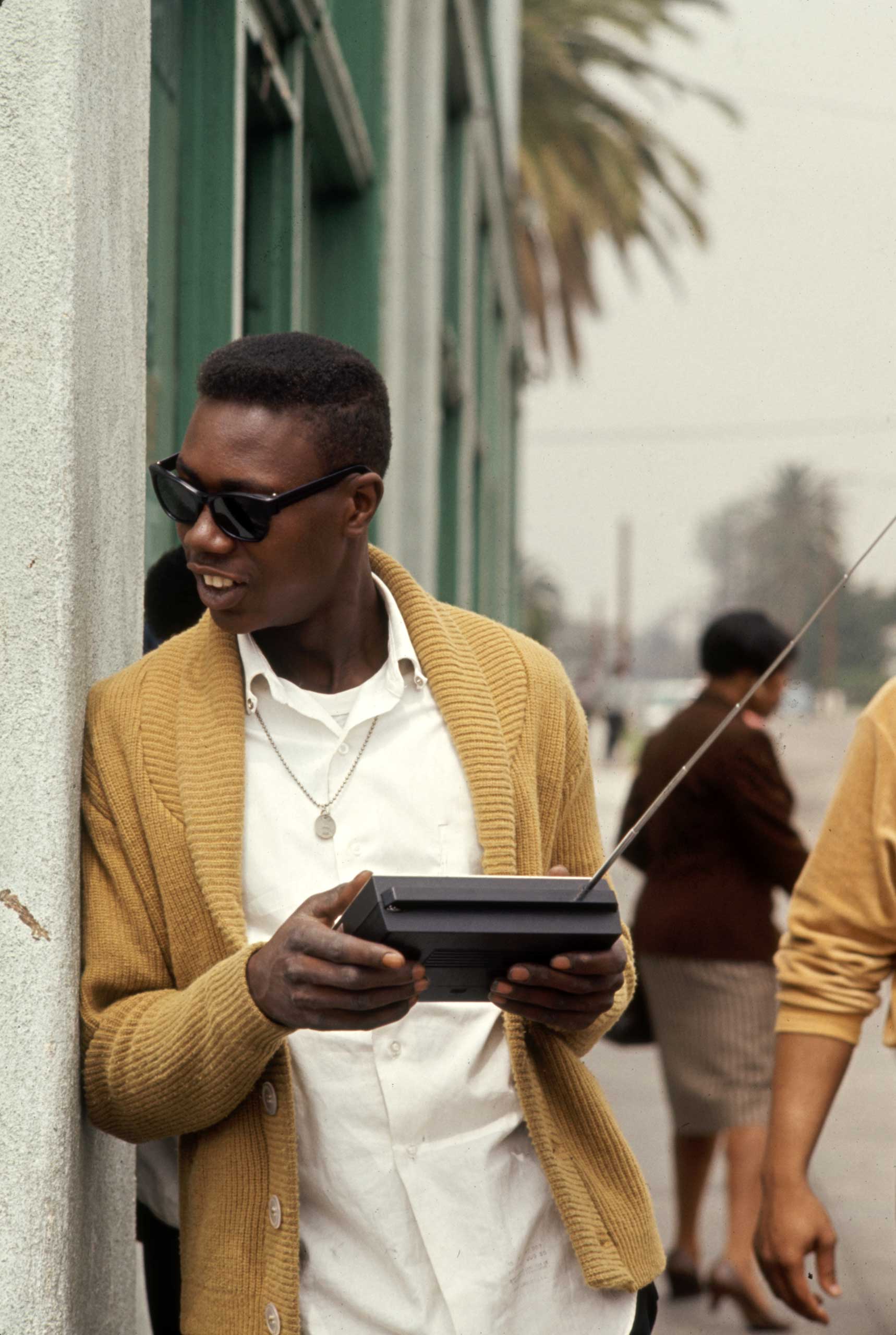


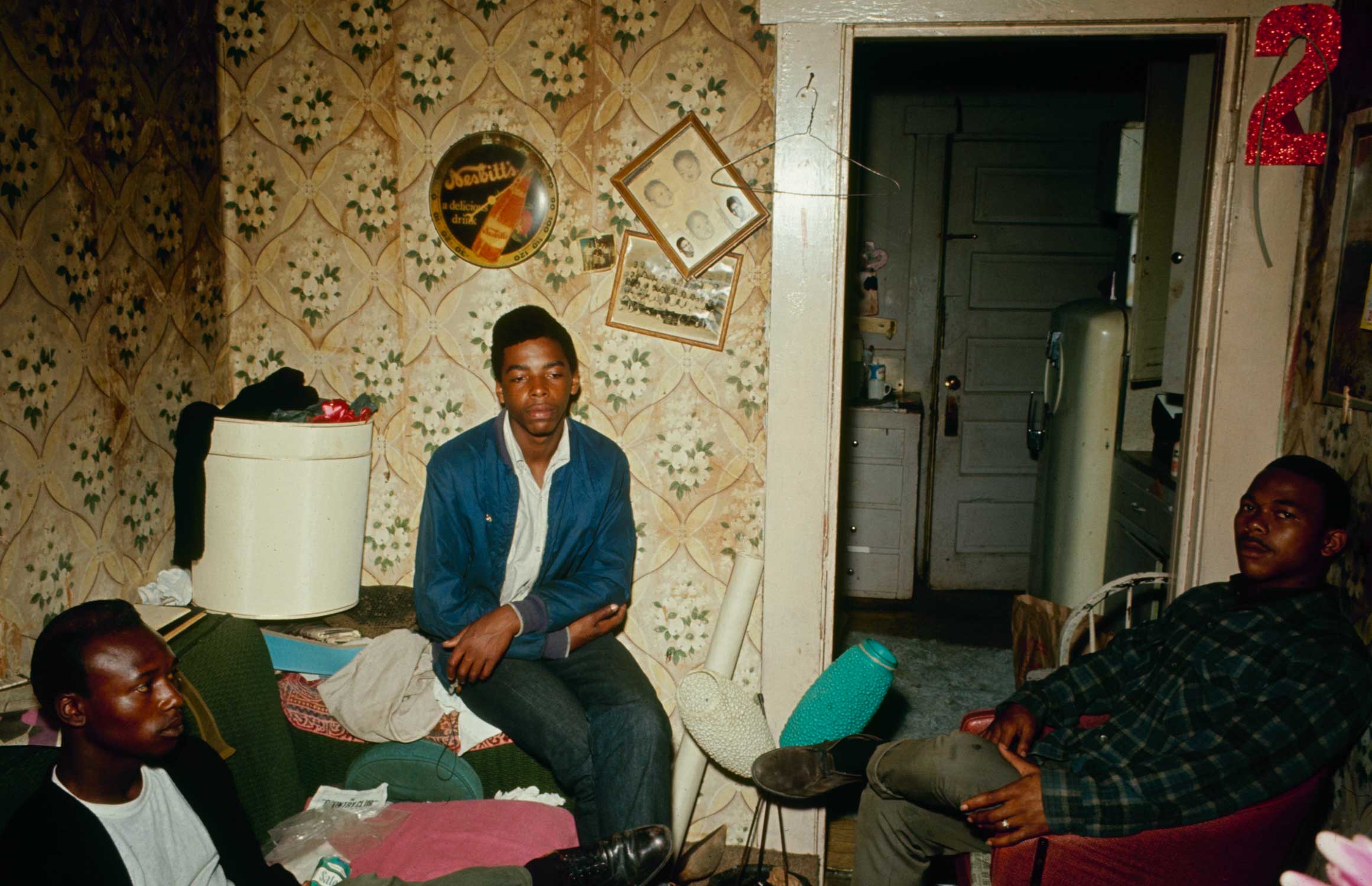
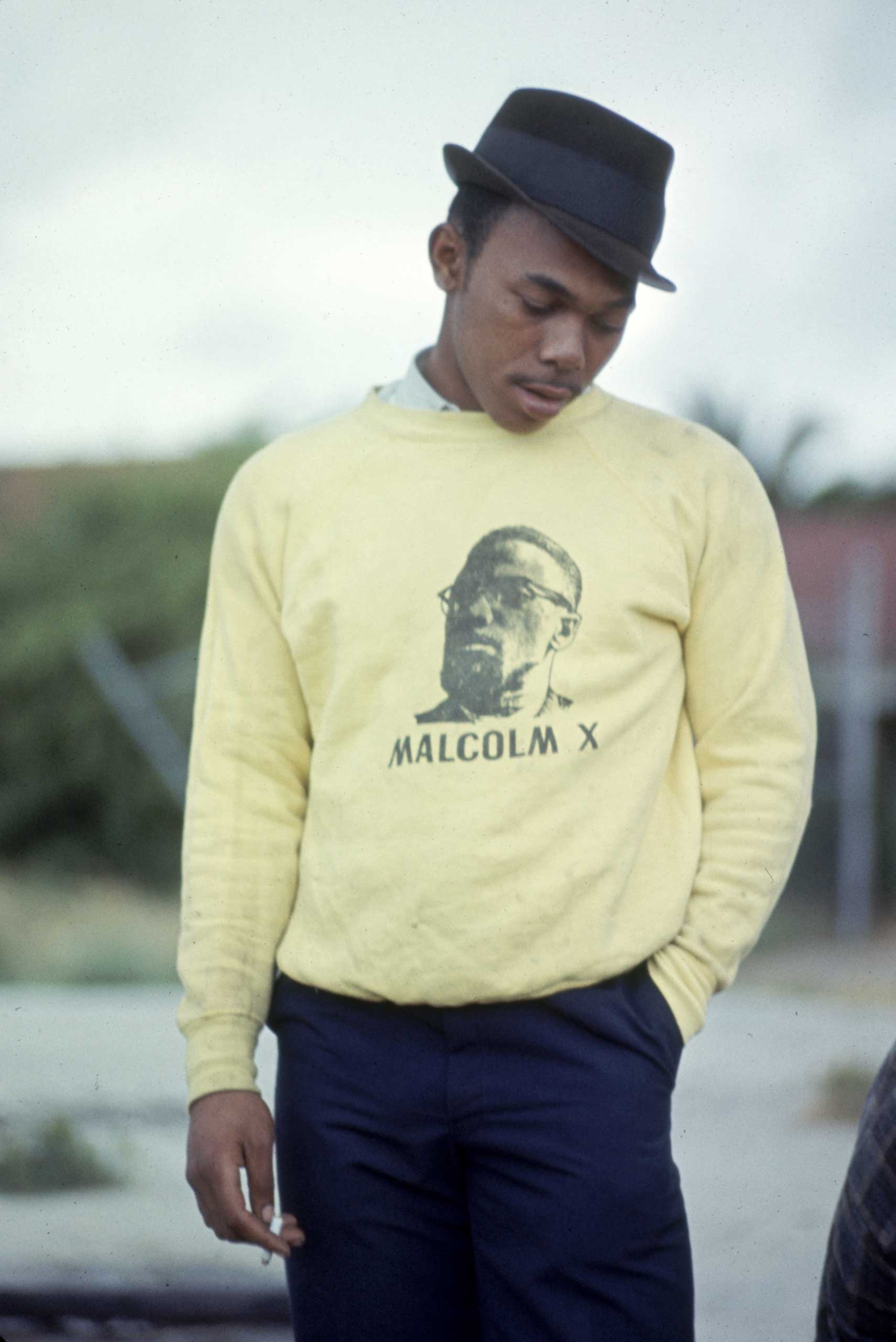

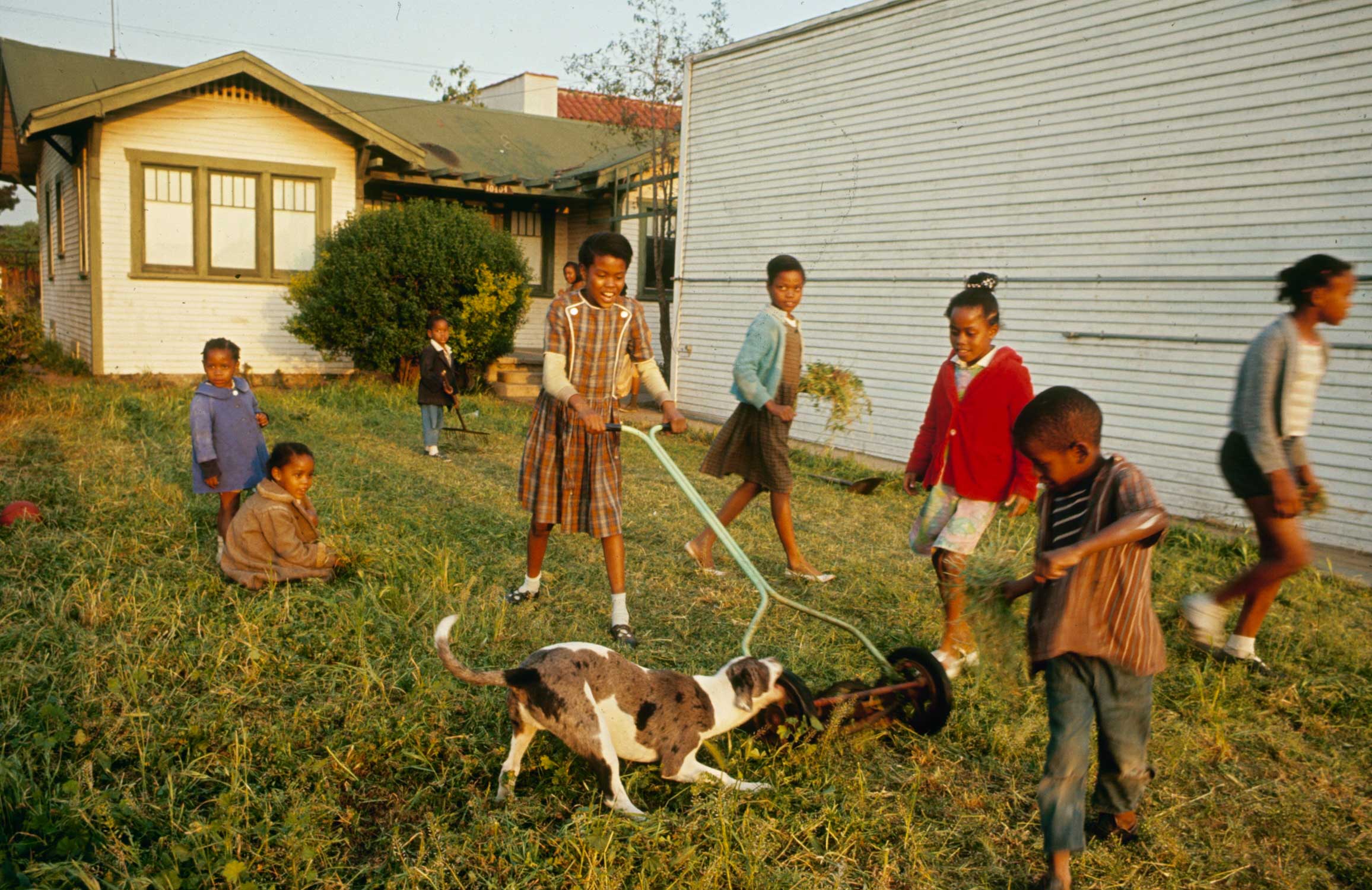
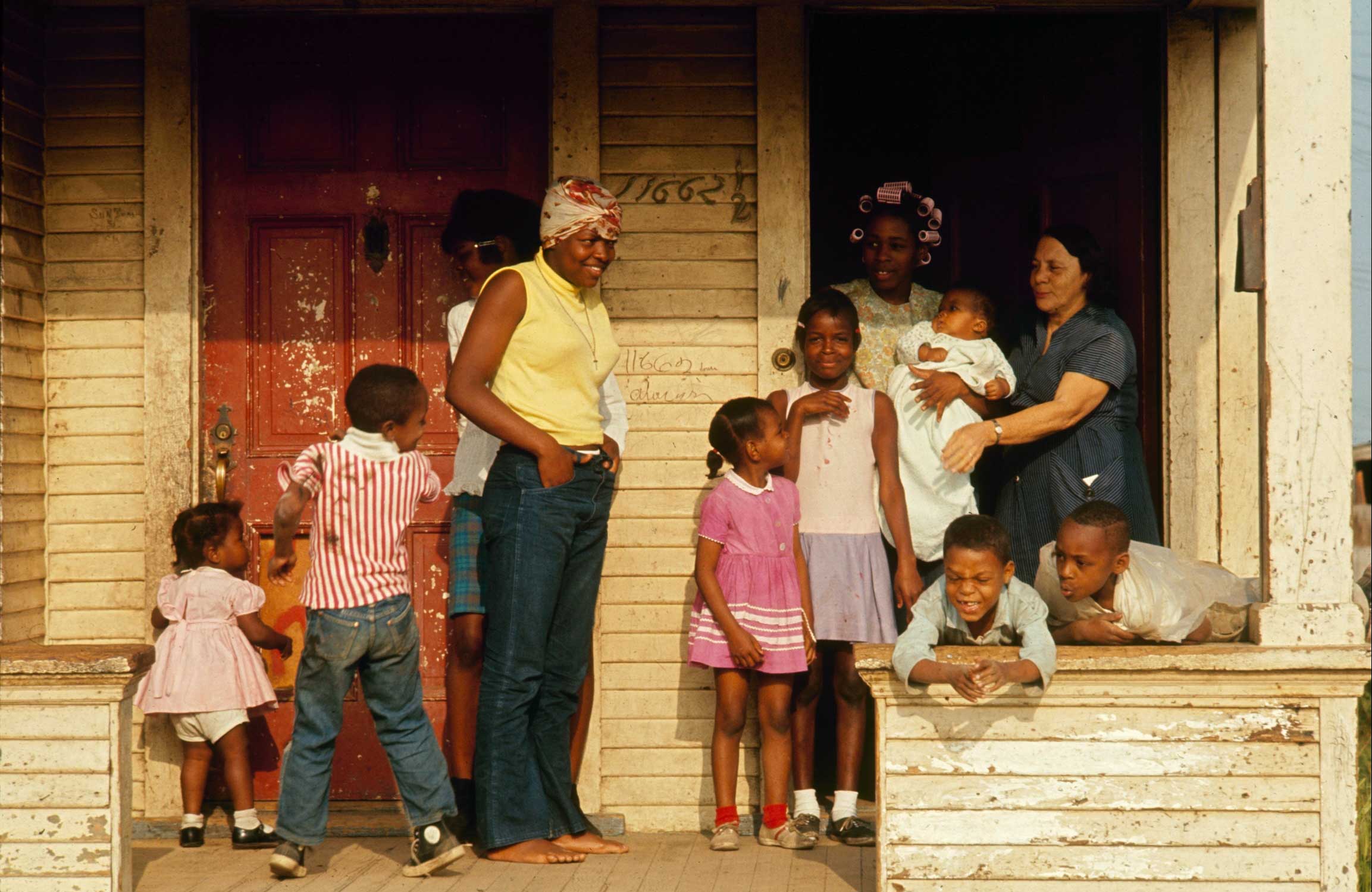
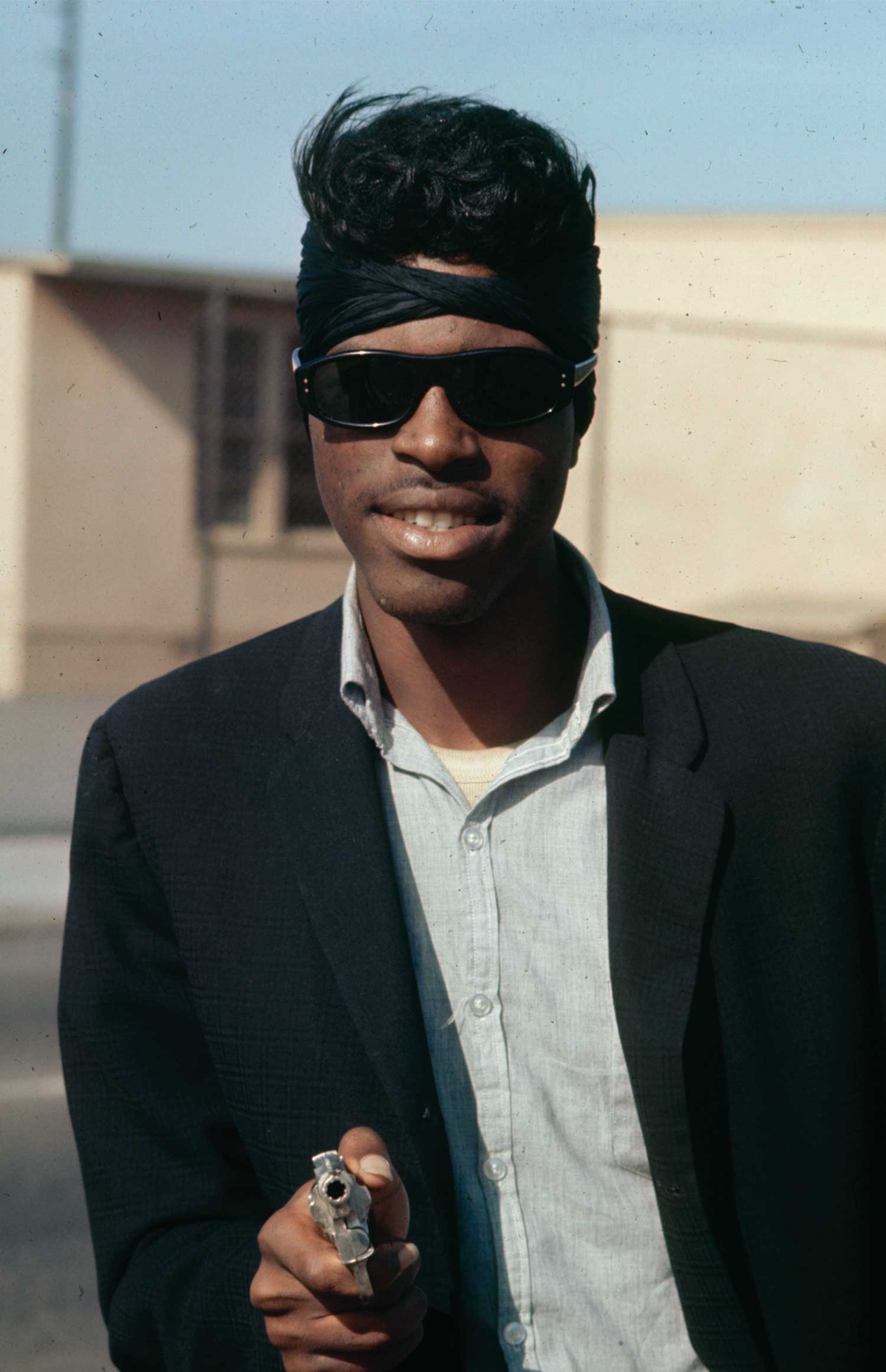
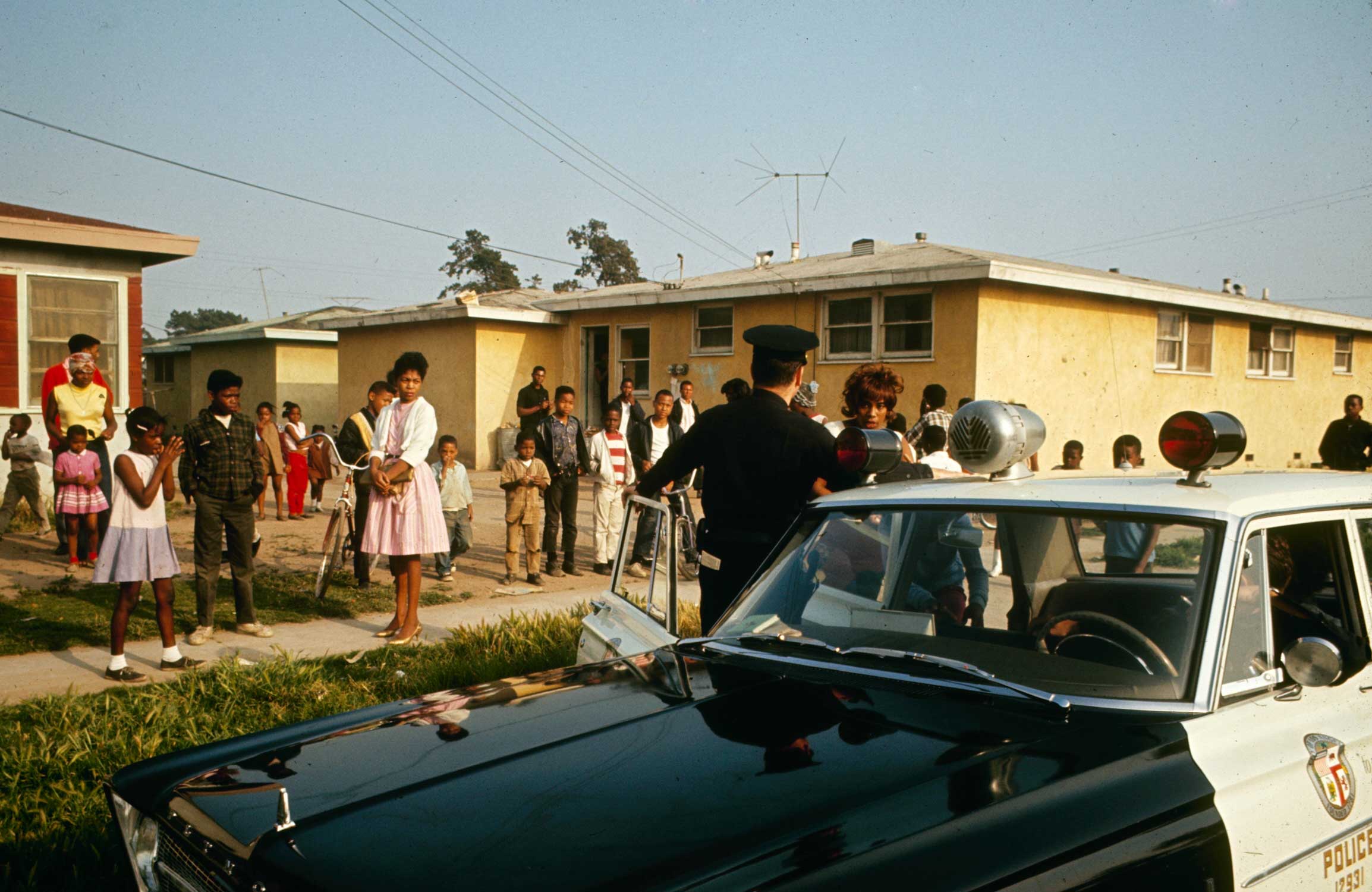
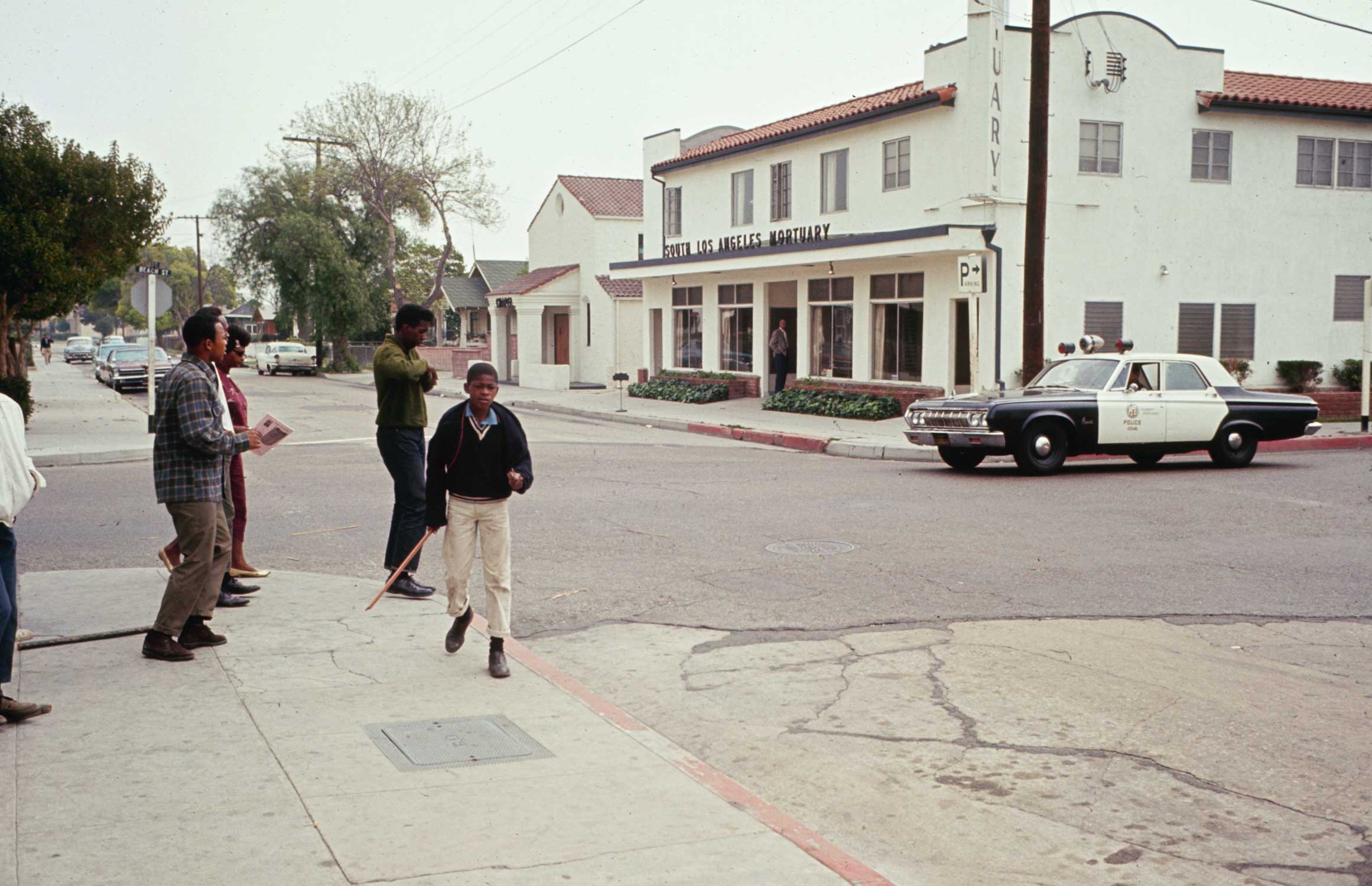
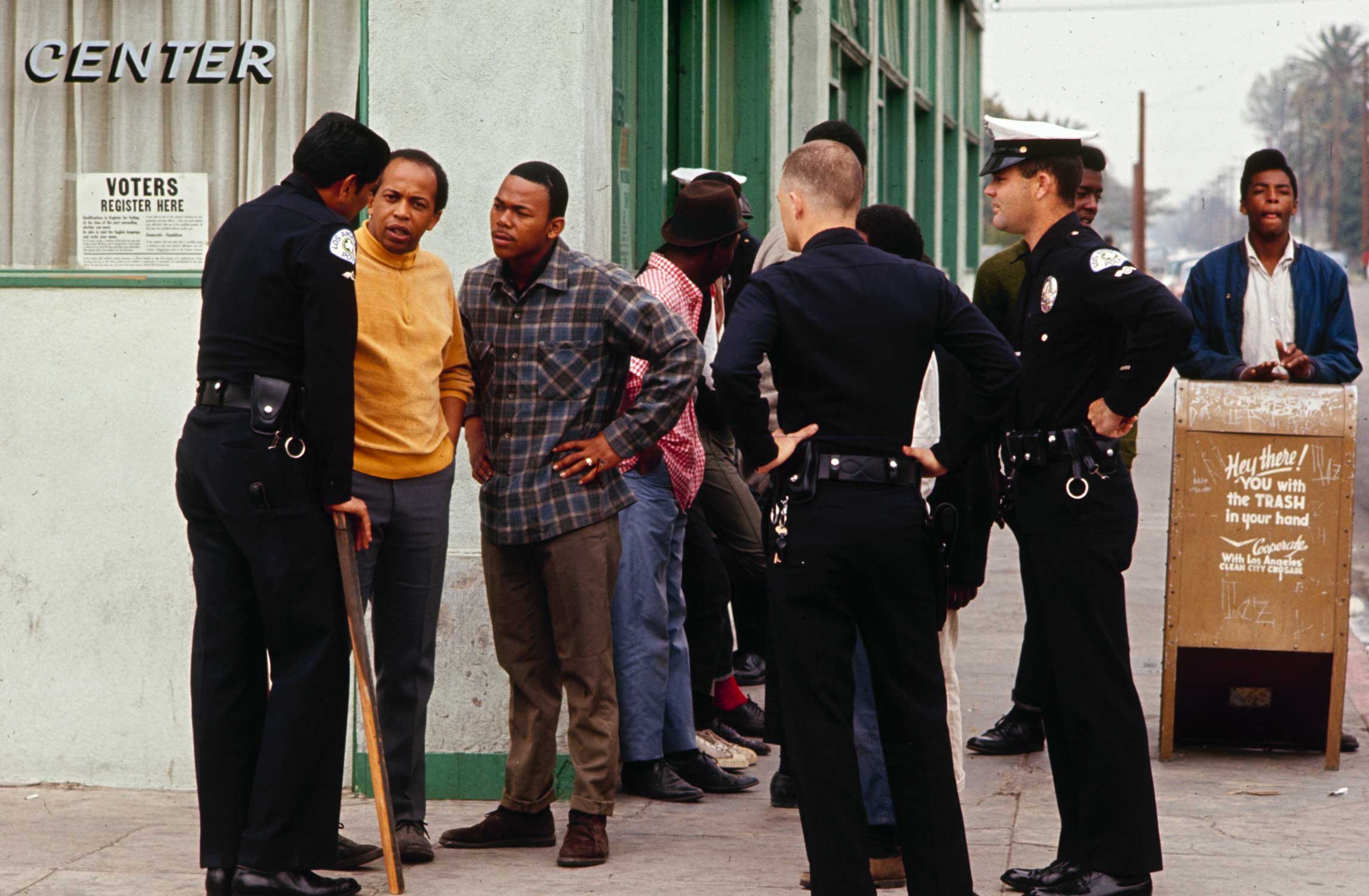


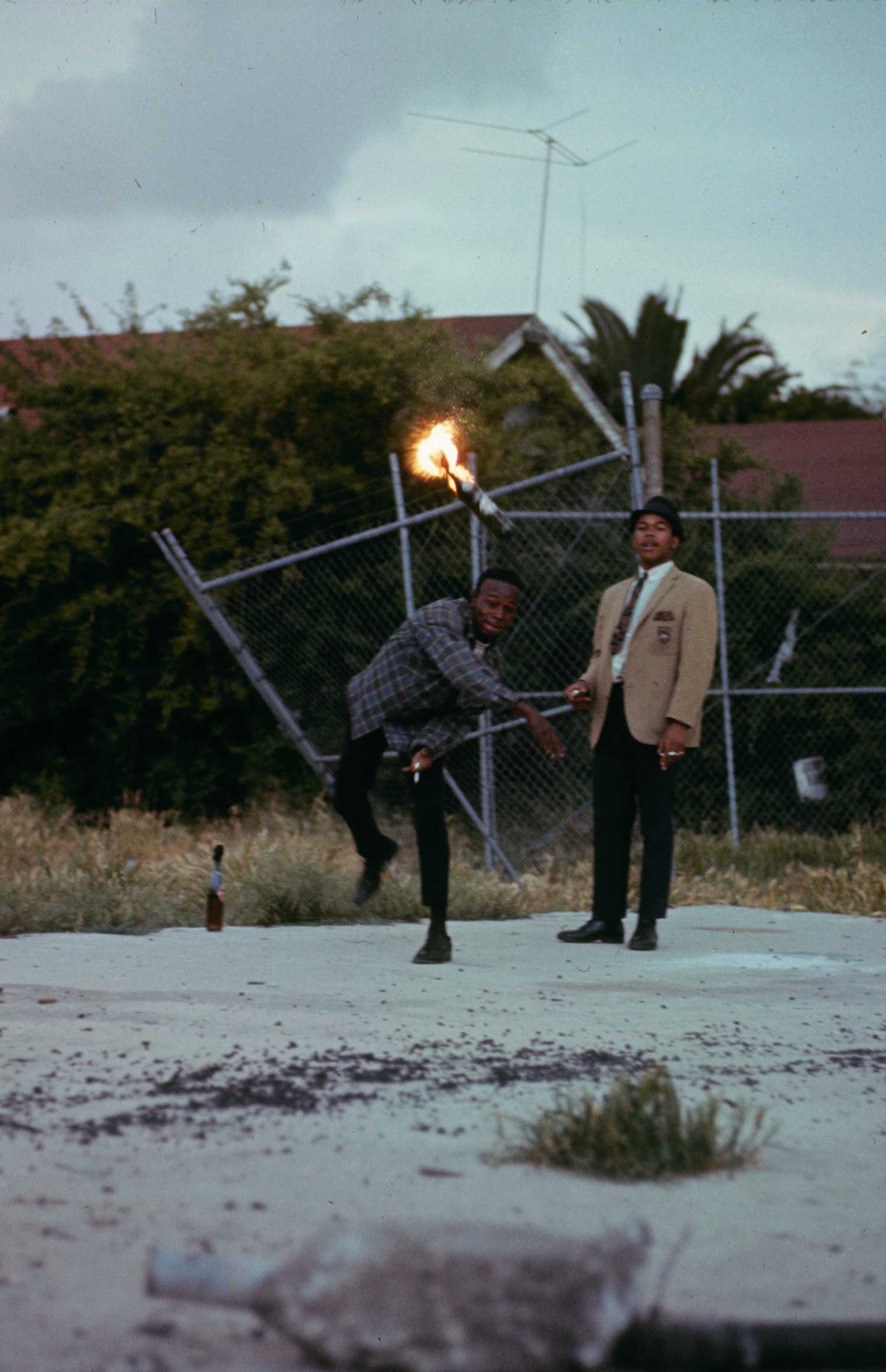
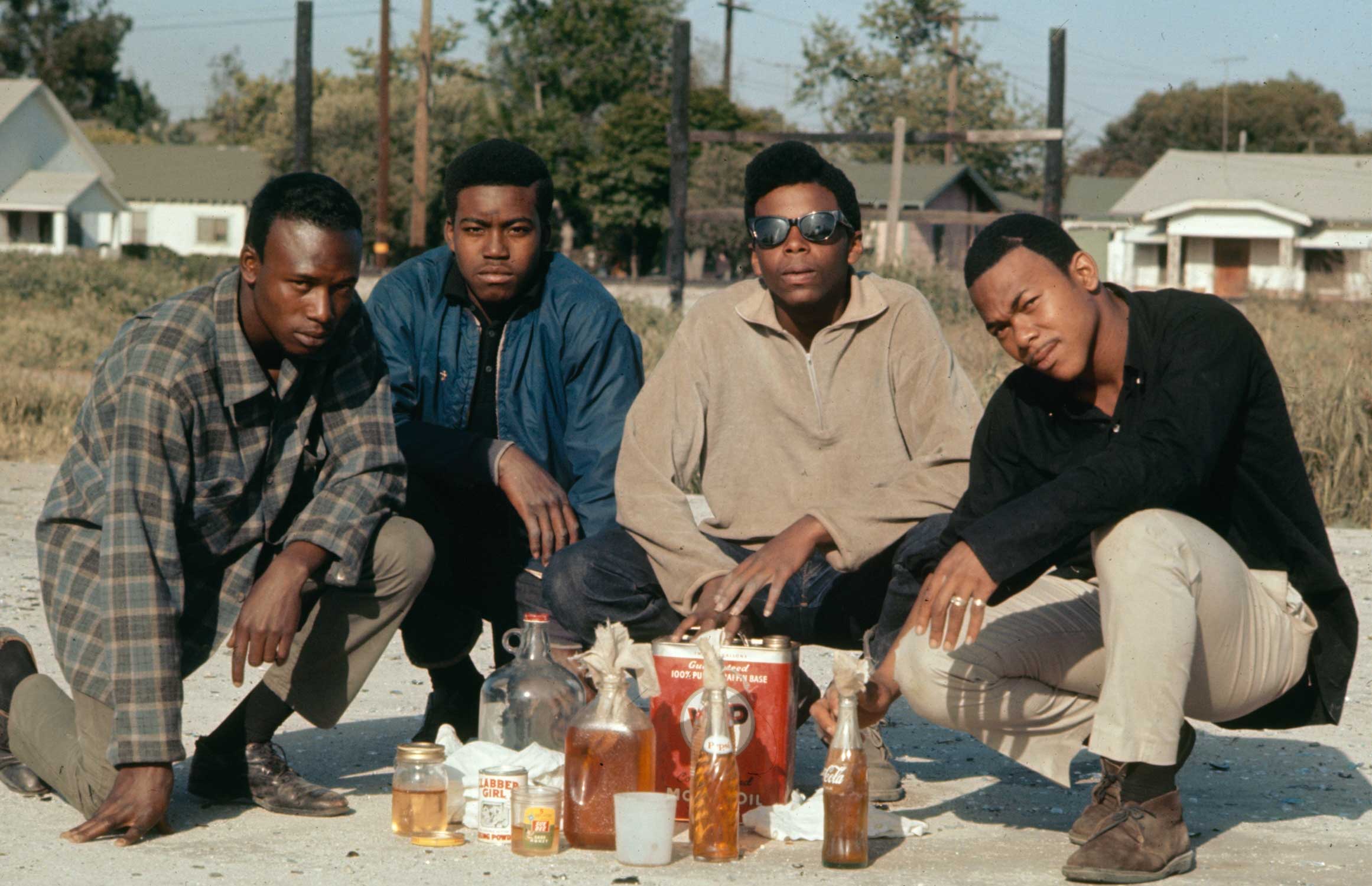

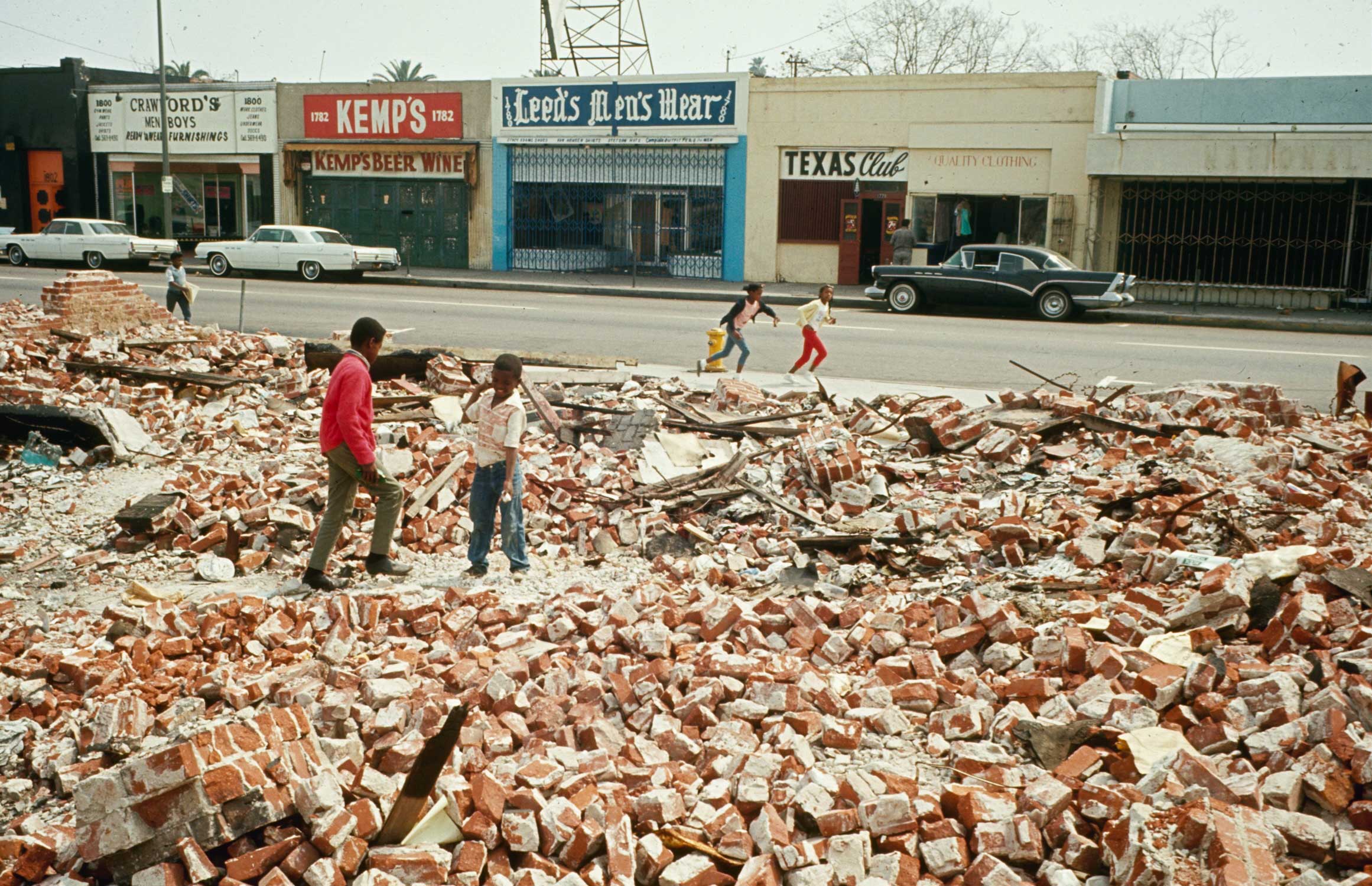
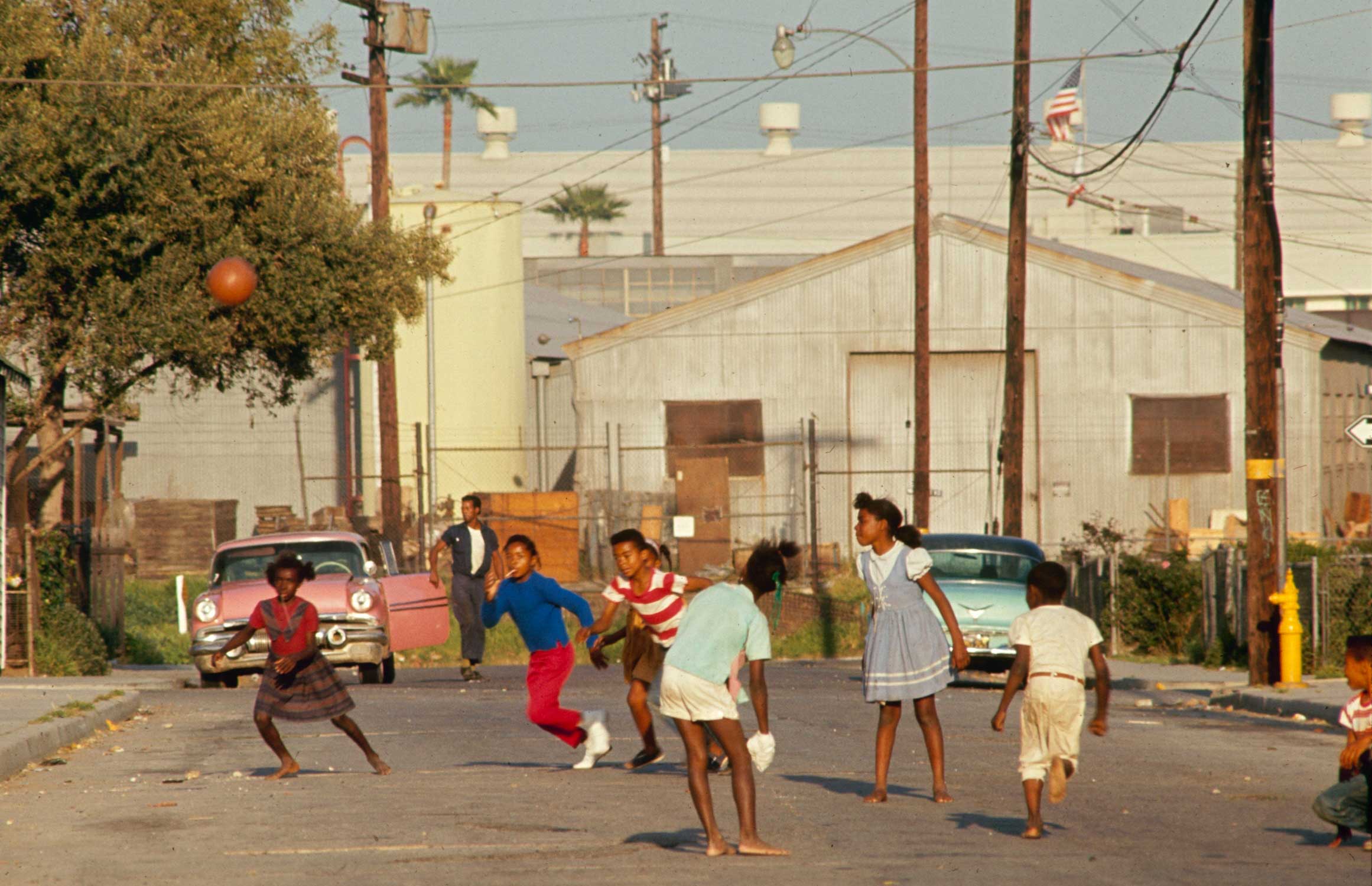





More Must-Reads From TIME
- The 100 Most Influential People of 2024
- Coco Gauff Is Playing for Herself Now
- Scenes From Pro-Palestinian Encampments Across U.S. Universities
- 6 Compliments That Land Every Time
- If You're Dating Right Now , You're Brave: Column
- The AI That Could Heal a Divided Internet
- Fallout Is a Brilliant Model for the Future of Video Game Adaptations
- Want Weekly Recs on What to Watch, Read, and More? Sign Up for Worth Your Time
Contact us at letters@time.com